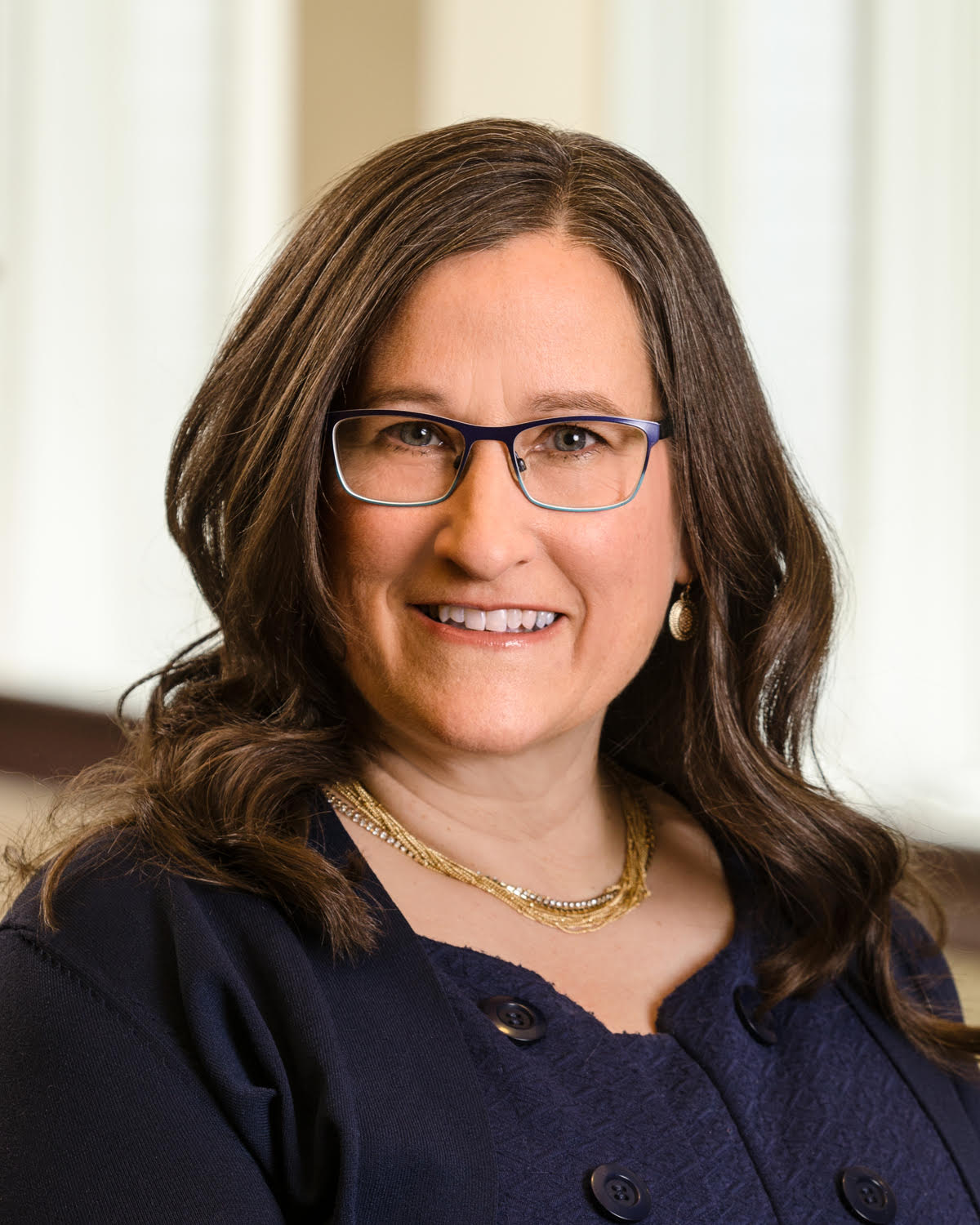Aging isn’t cheap, especially when you factor in everything from healthcare to living arrangements. In particular, many families don’t think they can afford senior living communities.
As it turns out, however, aging in place comes with its own set of financial challenges — many of which are unknown and therefore left out of the planning process.
Here’s a closer look at how the financial pieces stack up, along with why retirement communities can be a particularly worthwhile investment.
The Aging in Place Quandary
Many older people imagine themselves gracefully growing older in their family homes with everything staying the same around them. Unfortunately, this is usually a misguided vision. As people age, their circumstances invariably change: Everything from deteriorating health to the loss of nearby friends and neighbors can quickly turn a blissful fantasy into a stark and lonely reality.
The expenses associated with these unexpected changes can be staggering. Says CNBC: “The toll that aging takes on the body may also necessitate changes to your home's design or layout. Basic home modifications — including installing grab bars, sturdy handrails along stairs, replacement rugs, better lighting and lever-handled doorknobs — can cost up to $10,000. Meanwhile, more extensive renovations — such as removing or reducing the height of steps, widening hallways, adding a ramp, lowering cabinets, installing no-step showers and installing a generator to protect against power loss — can cost up to $100,000.”
Not only that, but age-related declines in mobility, strength and energy can make everyday tasks either unsafe or impossible necessitating the need for outside help if around-the-clock family caregiving isn’t possible.
Continues CNBC: “While there are resources for getting help around the house, including mobile apps and digital marketplaces for finding service professionals, hiring help introduces a new set of costs, whether at a monthly or hourly rate. For retirees who need more significant help, engaging a professional homemaker may be necessary, but keep in mind that the average monthly cost of a homemaker is $3,994 (assuming 44 hours of care per week), according to AARP research.”
Other challenges associated with aging in place include purchasing and preparing nutritious food, safety and security, and transportation. Managing each of these comes at a cost — one that may grow as your aging loved one’s abilities decline.
“While there are resources for getting help around the house, including mobile apps and digital marketplaces for finding service professionals, hiring help introduces a new set of costs, whether at a monthly or hourly rate. For retirees who need more significant help, engaging a professional homemaker may be necessary, but keep in mind that the average monthly cost of a homemaker is $3,994 (assuming 44 hours of care per week), according to AARP research.”
The Senior Living Alternative
Certainly, the upfront expenses associated with senior housing can initially seem cost-prohibitive. According to CNBC, the average monthly cost of residential senior care is $3,750. However, when you factor in the hidden costs of aging in place, as well as the many advantages of senior living, the picture can start to look very different.
From eliminating driving- and home maintenance-related stresses to ensuring that seniors are eating right and having plenty of opportunities for socialization, these expenses are built into the price tag — meaning family members can budget appropriately while simultaneously enjoying welcome peace of mind. Many families even report improved family relationships when aging loved ones move into senior living communities — a priceless benefit.
If you’re having trouble tying down the cost of a specific senior living community, meanwhile, this may be less about lack of transparency and more about the customizability of care. As National Center for Assisted Living director of communications Rachel Reeves told Forbes: “Assisted living services are not like a product you would buy off a website like Amazon or Target. We’re dealing with people who need some assistance with daily activities and those services are very unique to those individuals.”
To that end, Reeves recommends having an in-person conversation in order to get a better sense not only of what you’ll be paying, but also of what you’ll be paying for.
“We stress that folks should visit communities and have that conversation,” continues Reeves. “Meet with the residents. Do a full tour to get a sense of whether it’s the right place. Then, have a discussion of the financial aspects and your own personal finances. It’s so important to not just put a number on a website, but to have that conversation.”
Perhaps one of the biggest impediments to realizing the upsides — financial and other — of senior living is the lingering stigma associated with it. But the truth is that today’s retirement homes are very different than those of the past.
Another reason why arranging a visit is paramount: It’s often only when people visit a community and experience its welcoming environment for themselves there that they begin to view senior living as a viable — and even preferable — alternative to aging in place.
“We stress that folks should visit communities and have that conversation,” continues Reeves. “Meet with the residents. Do a full tour to get a sense of whether it’s the right place. Then, have a discussion of the financial aspects and your own personal finances. It’s so important to not just put a number on a website, but to have that conversation.”
Ultimately, whether aging in place or a senior living community is right for your aging loved one is a highly individualized decision. Adopting a holistic viewpoint — one that looks beyond the dollar amount listed on a website — when evaluating costs and benefits can help family members get the truest sense of value when it comes to senior living options.
When evaluating the costs and benefits of retirement communities, it’s also important that you look at costs over the long term, and what happens if your retirement savings run out. At Episcopal Church Home, if our residents’ financial situations or health care needs change, they’ll still have a home here. We won’t make them move. Not all retirement communities make that promise, one that we’ve kept for over a century.
Want to learn more? Click here for more information or to schedule a tour. We’re here to answer all of your questions.













